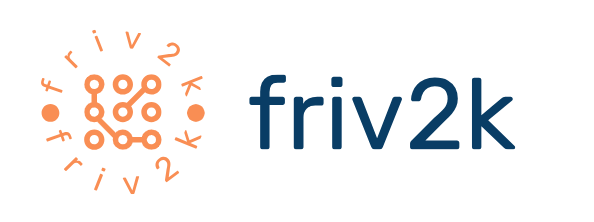Detect Data Block Corruption in Oracle Using RMAN
 Are you getting “ORA-01578 runtime error” while accessing an Oracle database table? Is the table inaccessible and you are unable to use its data? This problem usually occurs if the particular table contains various damaged blocks. In such cases, Oracle application cannot read the table and thus you come across this behavior. It leads to serious data loss situations, if you do not have a valid data backup in place. But, in case the backup is not updated, Oracle database recovery is the only way to get your mission-critical data back.
Are you getting “ORA-01578 runtime error” while accessing an Oracle database table? Is the table inaccessible and you are unable to use its data? This problem usually occurs if the particular table contains various damaged blocks. In such cases, Oracle application cannot read the table and thus you come across this behavior. It leads to serious data loss situations, if you do not have a valid data backup in place. But, in case the backup is not updated, Oracle database recovery is the only way to get your mission-critical data back.
What causes block corruption in Oracle database table?
The block corruption can be of two types, namely logical and physical. Logical corruption may occur due to unsuccessful or improper attempts to recover a database table using NOLOGGING action. It can also be caused by virus infection and application malfunction. Whereas, physical corruption can be due to system related problems, like damaged memory boards or file system structures.
You can deal with Oracle block corruption using any of the following initialization parameters:
DB_BLOCK_CHECKING- A server process that checks data blocks for internal consistency and integrity.
DB_BLOCK_CHECKSUM- It calculates the checksum for every block before writing to the hard drive.
You can easily detect Oracle data block corruption using an inbuilt utility, called RMAN (Oracle Recovery Manager). This tool offers you a comprehensive way to effectively backup your database and recover it, in case of database corruption. The tools is designed to work with server, and detects block-level corruption while backing up the database or restoring it.
RMAN detects only the physically corrupt data blocks on Oracle database. It does not automatically find the logical corruption of the blocks. You must specify the logical block corruption checking using the ‘CHECK LOGICAL’ option.
In case the RMAN cannot detect logical and physical corruption to Oracle database and fix it, the database remains inaccessible. You encounter the same behavior every time you try to open the database table. It causes severe data loss and puts you in need of DBF recovery solutions.
You can quickly and easily repair Oracle database using advanced and powerful third-party applications. They employ high-end scanning methods to systematically scan all corrupt Oracle database tables and extract all data from them. The applications recover Oracle database in a quick, safe, and easy way.
Stellar Phoenix Oracle Recovery is the most efficient solution to effectively handle all DBF file corruption situations. The software successfully restores corrupt databases of Oracle 9i. It restores all DBF file objects, such as tables, table spaces, views, clusters, cluster tables, views, schemas, roles, and indexes.
